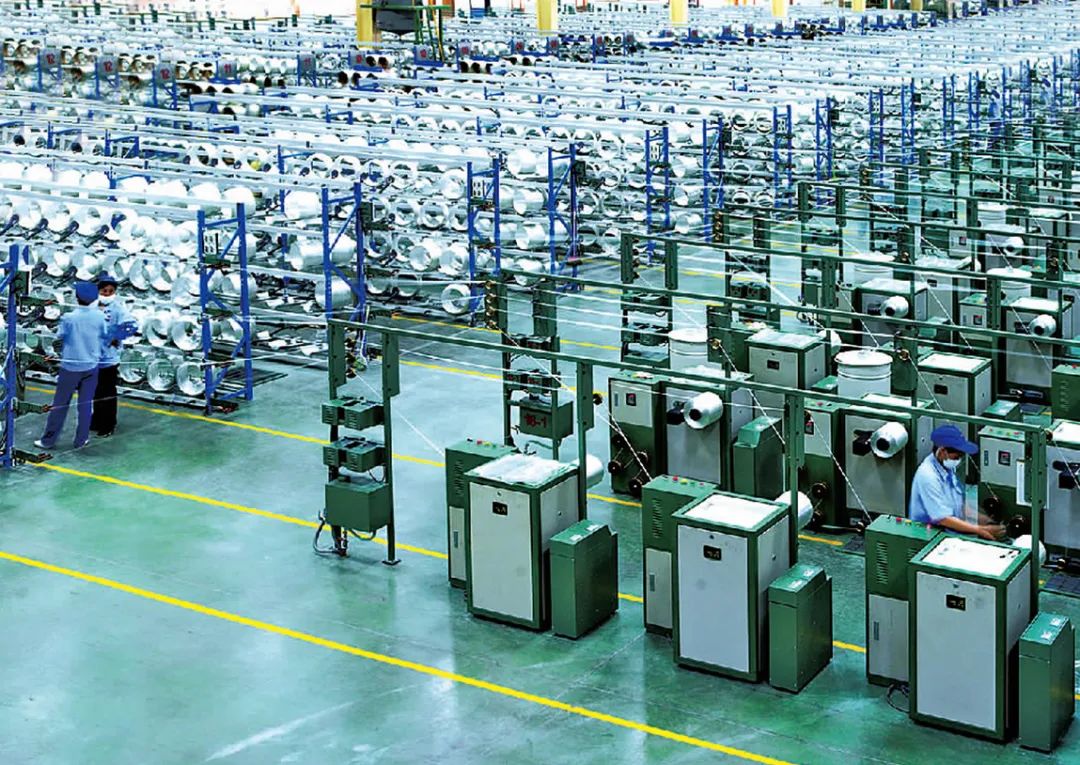Fiberglass has many advantages such as high strength and light weight, corrosion resistance, high temperature resistance, and good electrical insulation performance. It is one of the commonly used composite materials. At the same time, China is also the world’s largest producer of fiberglass.
1. What is fiberglass?
Fiberglass is an inorganic non-metallic material with excellent performance. It is a natural mineral with silica as the main raw material, adding specific metal oxide mineral raw materials. After mixing evenly, it is melted at high temperature, and the molten glass flows through the leak nozzle. , under the action of high-speed pulling force, it is drawn and rapidly cooled and solidified into extremely fine continuous fibers.
The diameter of fiberglass monofilament ranges from a few microns to twenty microns, which is equivalent to 1/20-1/5 of a hair. Each bundle of fiber strands is composed of hundreds or even thousands of monofilaments.
Basic properties of fiberglass :
The appearance is a cylindrical shape with a smooth surface, the cross section is a complete circle, and the circular cross section has a strong load bearing capacity; the gas and liquid passing resistance is small, but the smooth surface makes the fiber cohesion force small, which is not conducive to the combination with resin; the density is generally in 2.50-2.70 g/cm3, mainly depends on the glass composition; tensile strength is higher than other natural fibers and synthetic fibers; brittle material, its elongation at break is very small; water resistance and acid resistance are better, while alkali resistance is relatively low. Difference.
2. Classification of fiberglass
From the length classification, it can be divided into continuous glass fiber, short fiberglass (fixed length fiberglass) and long fiberglass (LFT).
3. Application of fiberglass
Fiberglass has high tensile strength, high modulus of elasticity, non-flammability, chemical resistance, low water absorption, and good processing performance. , widely used in various fields.
Foreign fiberglass is basically divided into four categories according to product use: reinforcing materials for reinforced thermosetting plastics, fiberglass reinforcing materials for thermoplastics, cement gypsum reinforcing materials, fiberglass textile materials, of which reinforcing materials account for 70-75%, fiberglass textile materials Materials account for 25-30%. From the perspective of downstream demand, infrastructure accounts for about 38% (including pipelines, seawater desalination, house warmth and waterproofing, water conservancy, etc.), transportation accounts for about 27-28% (yachts, automobiles, high-speed rail, etc.), and electronics account for about 17%.
To sum up, the application fields of fiberglass generally include transportation, building materials, electrical industry, machinery industry, petrochemical industry, leisure culture and national defense technology.
Post time: Jun-20-2022


